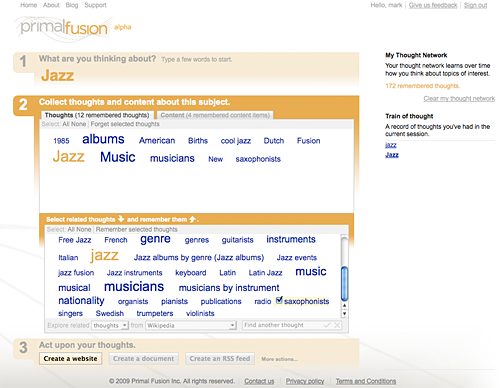Today I had the opportunity to make a presentation to students at the VeloCity residence at the University of Waterloo. If you don’t know about VeloCity, it’s worth checking out. In their words:
VeloCity is no ordinary student residence.
It’s a place where some of UW’s most talented, entrepreneurial, creative and technologically savvy students will be united under one roof to work on the future of mobile communications, web and new media.
It’s a place where students, faculty and corporate partners will be active collaborators and beneficiaries of the talent, ideas and innovations that evolve.
It’s a place where the ‘next big thing’ could happen.
My presentation was a pretty simple one – Ten Thoughts on what matters at a startup. It certainly wasn’t meant to be definitive, but it did cover the kinds of things that, in my experience, matter on a daily basis. Some of it was informed by my recent experiences at Primal Fusion. Anyway, it seemed to go over well, and I had some good conversations with a few of the students after I finished.
In the near future I’ll start a little series of posts inspired by that presentation.

